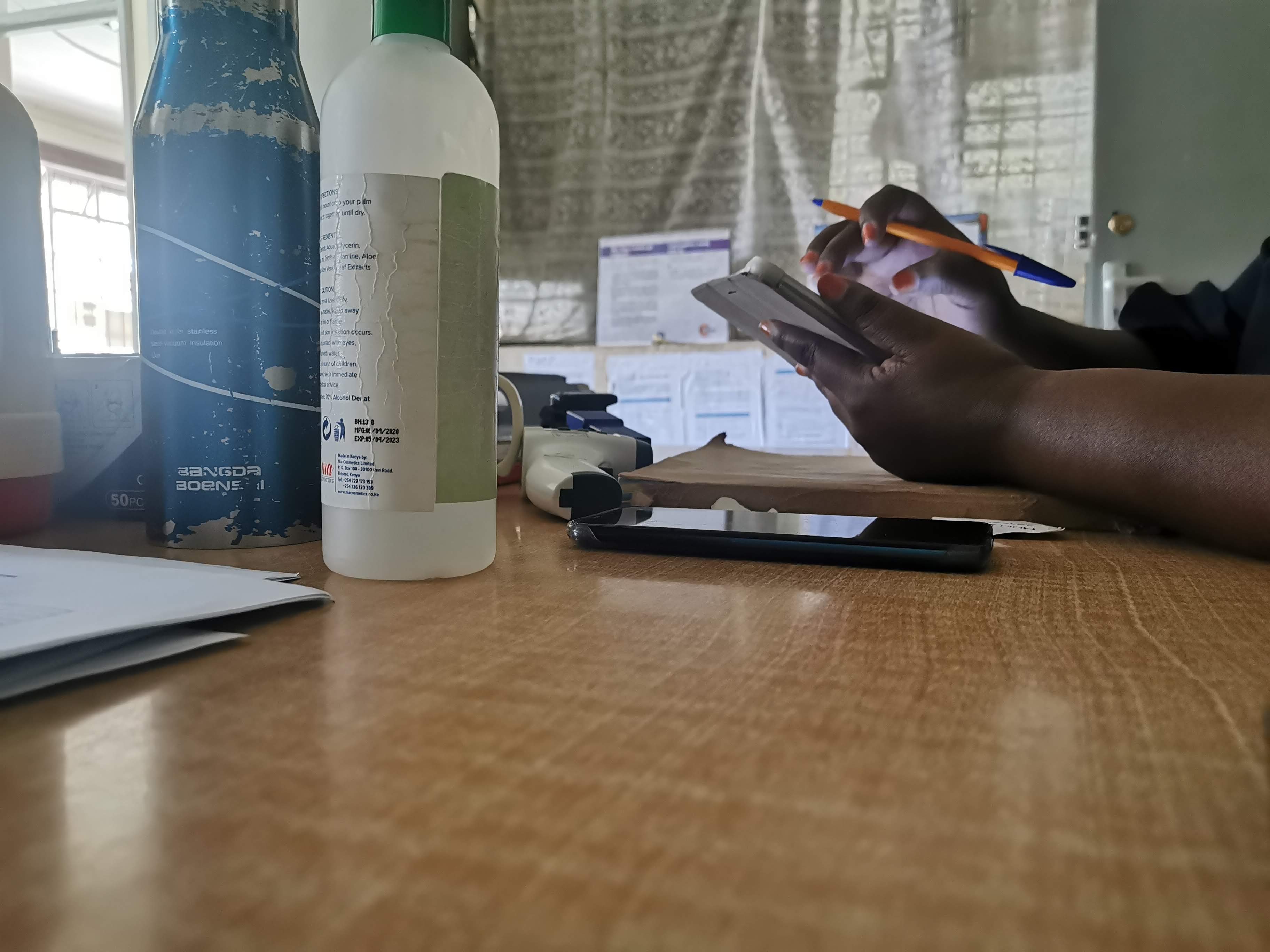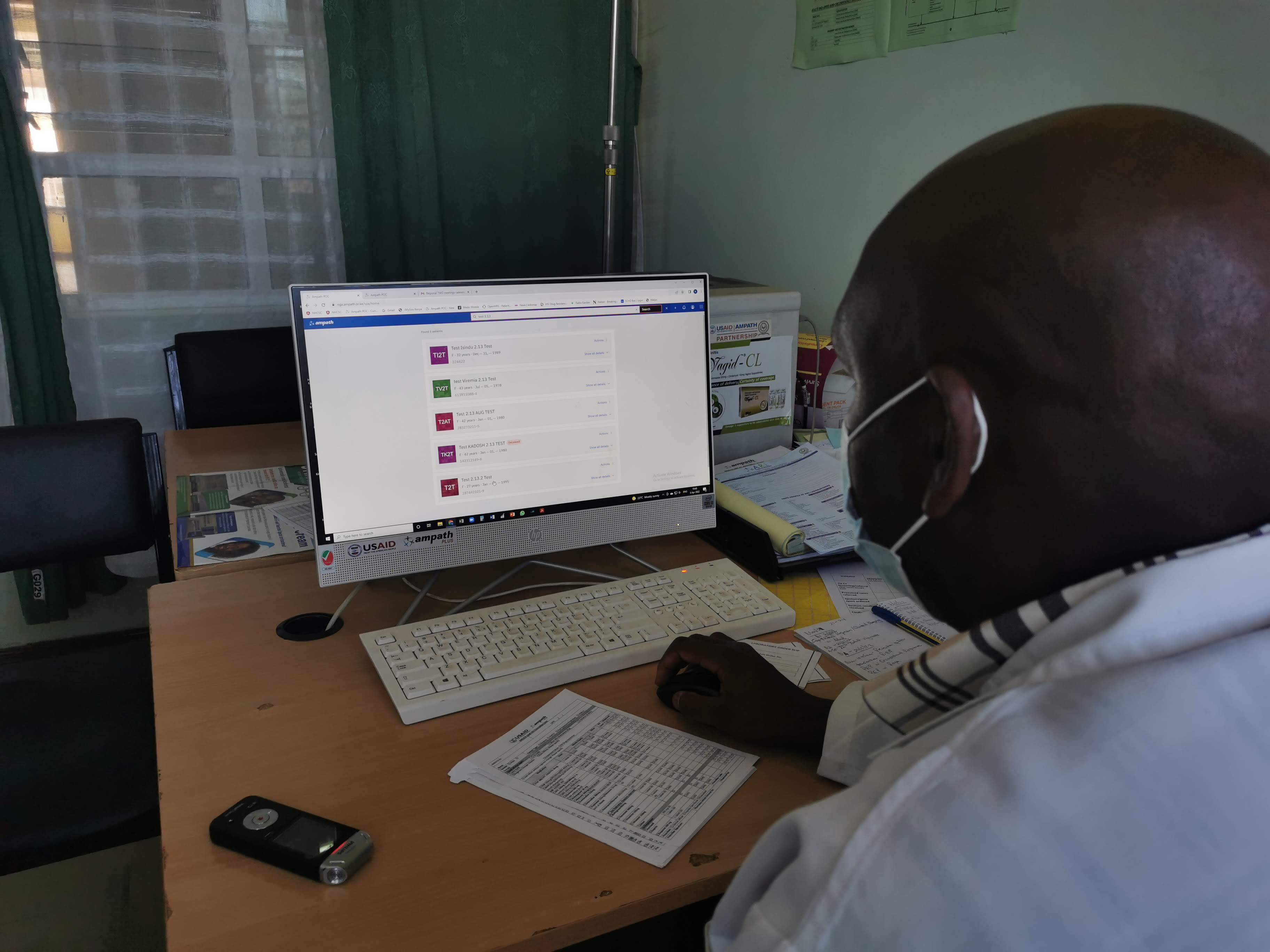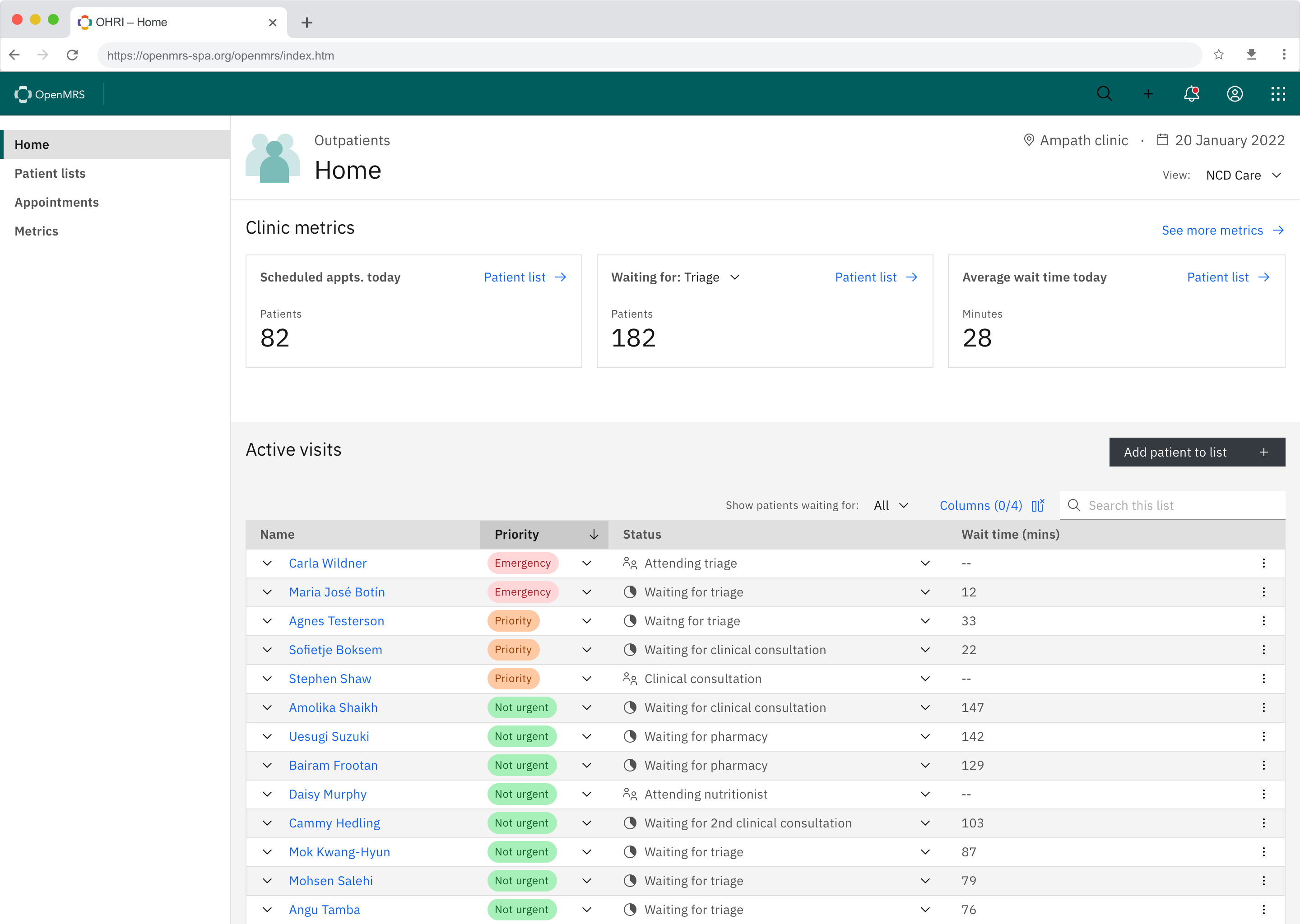
OpenMRS 3.x
Redesigning an open-source electronic medical record system used in low-resource settings around the world
Approach
OpenMRS is a collaborative and open-source software to support the delivery of health care in low and low-middle income countries around the world. First released in 2011, it is used by governments, national health services, and healthcare workers around the world to support medical care across a range of contexts. OpenMRS 2.0 was released in 2014, and has been gaining popularity among a wide range of stakeholders since then. It is used to manage patient medical records, review patient conditions, diseases and illnesses, order medication prescriptions and vaccinations, check lab tests, and much more. As an open-source platform, new ‘widgets’ that plug-in to OpenMRS are being created all the time.
When the effort to redesign OpenMRS began in January 2020, Sonder was initially tasked with creating a design language to ensure future design efforts would be unified. Seeing the value of validating and testing ideas through design methods, Sonder’s role evolved into leading the product design of OpenMRS 3.x which was released for beta testing in March 2022.
To lead the product design effort, the team started by mapping the various groups interacting with OpenMRS daily, such as clinicians, nurses, registration clerks, community health workers, peer support groups, and other staff at clinics and hospitals in Mexico, Kenya and South Sudan, to gain a better understanding of their Electronic Medical Record (EMR) needs. The team set out to identify their common problems when using OpenMRS, the decisions an EMR supports them in making, as well as details about the contexts they are in, when using OpenMRS.

The team mapped out this data along the journey of a HIV patient coming to a clinic in Kenya for a scheduled ‘return visit’. This process revealed a number of important considerations for the product design of OpenMRS 3.x. For example, the team heard that clinicians may need to respond to an emergency whilst in the middle of working with another patient. This meant ensuring an ability to quickly switch contexts, find another patient’s chart and jumping into care. In this context, it is critical to know at all times, which patient’s chart is currently open. The team also learned about EMR design features that caused mistakes in healthcare settings; such as the ‘dose’ and ‘strength’ of drugs being mistaken for each other, or being unable to save a very long clinical form because of an unanswered question earlier in the process. An additional outcome of the mapping work was the streamlining opportunities to provide clinicians with helpful timely information to make better-informed decisions.

OpenMRS is often used by health care professionals with little to no desktop or tablet experience who are transitioning to OpenMRS from traditional paper-based systems. Taking into account their unfamiliarity with EMR systems and their organisation, Sonder built the OpenMRS 3.x design system using IBM’s open-sourced Carbon Design System. This strategy allowed OpenMRS to harness the accessibility and performance considerations that come with Carbon for common components like navigation patterns, grid layouts, text stylings, buttons, input controls etc. and gave the design team the bandwidth to focus on solving OpenMRS’s specific problems such as how to display complex and historical laboratory results in a way that is easy for a wide-range of healthcare professionals to understand.

Another specific need to address was that OpenMRS is being used in hospitals where electricity is unreliable and desktop computers often lose power during outages. This meant finding ways to deliver the EMR experience on devices large enough to provide screen-space for important and complex medical data, but small enough to be carried around the hospital and not rely on grid electricity. The Sonder team developed Offline Mode for OpenMRS 3.x which ensures a patient’s chart can still be accessed and edited even when a device is offline, and functioning on battery power.
.png)
Sonder worked with OpenMRS implementors representing a diverse range of organisations and institutions, including the US Center for Disease Control and Prevention as part of their Pepfar (U.S. President's Emergency Plan for AIDS Relief) driven initiative to create a set of digital tools for HIV testing, treatment and reporting. This was an opportunity to road test and refine how our new Design System is utilised in new contexts.

Sonder is the official design partner of OpenMRS. We are currently creating documentation of the OpenMRS 3.x design system (in Figma) so that any design organisation can prototype and test features for their own needs, using the 3.x design language.
Outcomes
- High fidelity prototypes of key flows of OpenMRS
- Information architecture diagrams
- Multi-brand design system, built using colour tokens to enable brand theming
Partner quote
What I appreciate most about working with Sonder Collective is their commitment to the challenge. Ciarán and Paul continuously go above and beyond to show their care for our OpenMRS Electronic Medical Record user community. They work side-by-side with us to improve the experience of care for patients and providers in low-resource environments all around the world. As our design partner, their work informs the strategic product direction of OpenMRS, and guides the development of new solutions in our global system. I’m excited about what we are building together with organisations on over 5 continents.
Grace Potma, Director of Product, OpenMRS
Other projects

PHISICC
Co-creating tools for health workers to support decision making, increase their dignity and improve health outcomes
Nigeria
Côte d'Ivoire
Mozambique

VxData Insights
Exploring why immunization workers underutilize data in their decision-making
Kenya
Mozambique
Congo [DRC]



